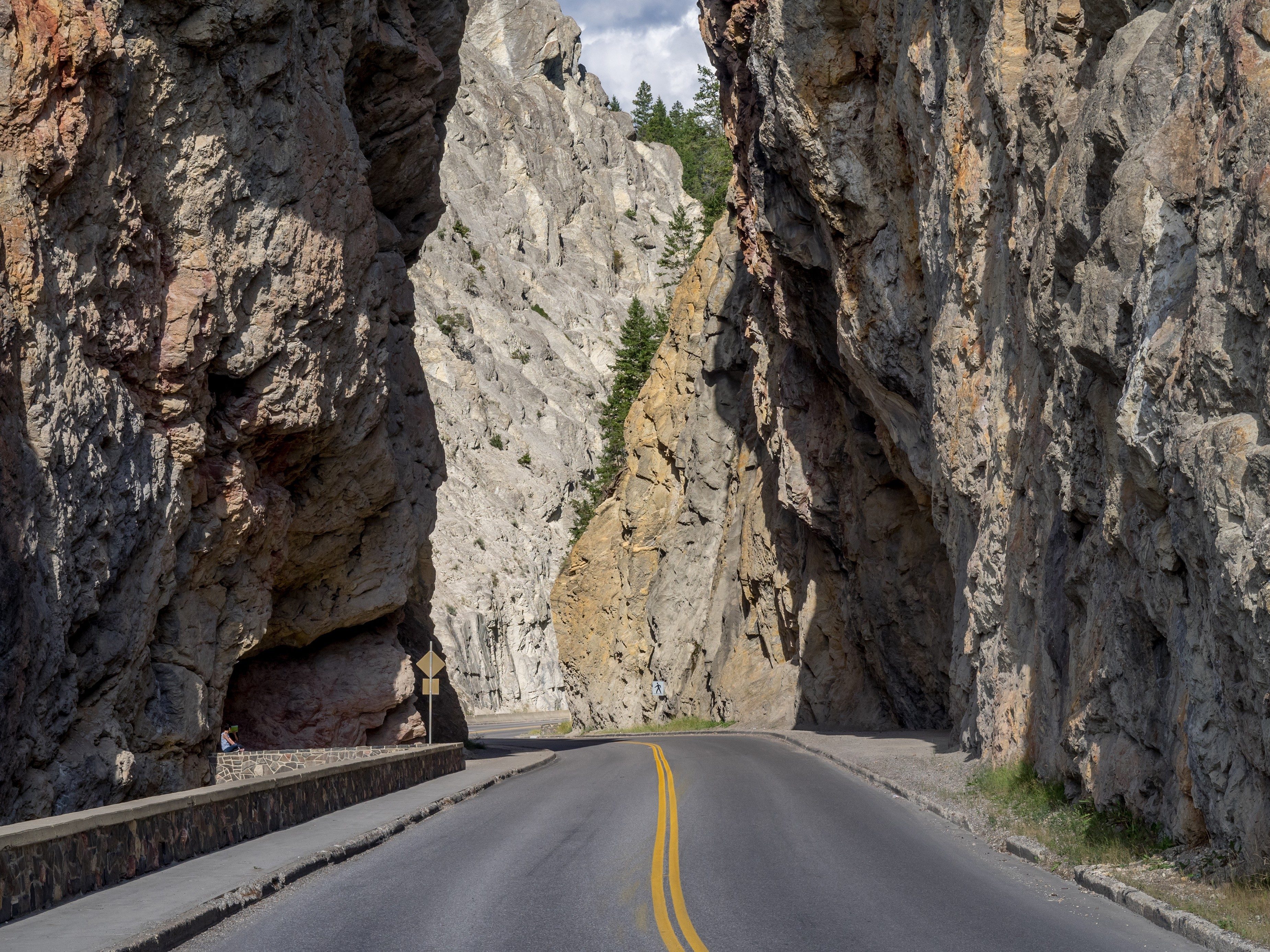
The Kootenays, British Columbia
A stunning string of peaks that stretch down British Columbia’s beautiful interior, the Kootenay Rockies are among Canada’s most underappreciated warm-weather wonders. While these mountains remain snow-capped even in summer, and attract skiers in the wintertime, there are a number of attractions along the way to keep any spring or summer road-tripper busy.
Start in Golden, where you can see the resident grizzly bear, then dine at Eagle’s Eye-a restaurant atop a 7,700 foot summit-at Kicking Horse Mountain Resort. Then continue south on Provincial Highway 95, which traces the Kootenay River along a picturesque valley, stopping en route for a relaxing soak at the famous Radium Hot Springs.
At the south end of the trip, make sure to spend some time in Kimberley and Fernie, both charming mountain towns that offer chairlift rides, ridgeline hikes, great pubs, chocolate shops and, in the case of Kimberley, whitewater rafting and a gold mine tour.
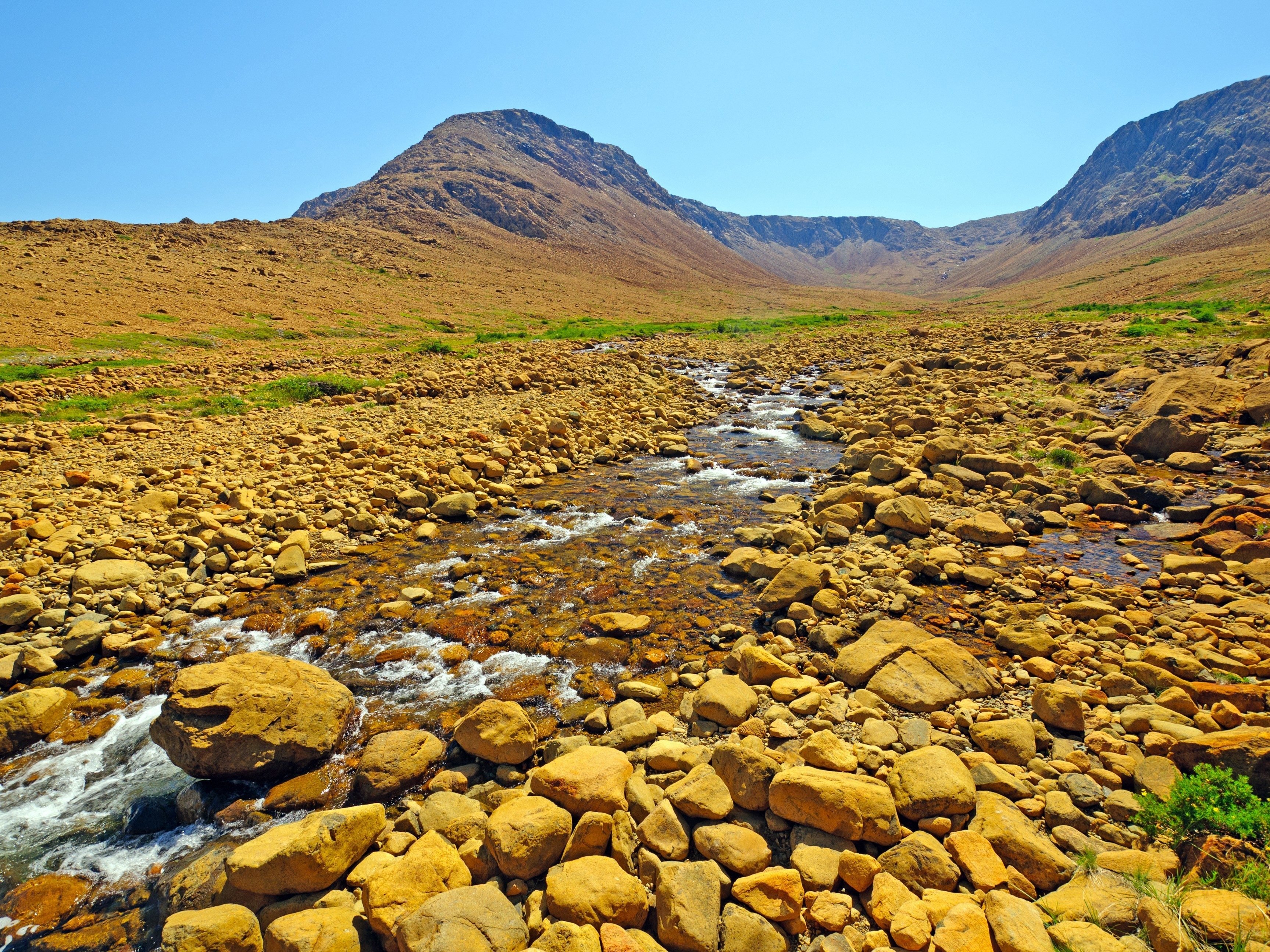
The Great Northern Peninsula, Newfoundland
One of the most remote-and beautiful-places in Canada, Newfoundland’s Great Northern Peninsula isn’t the easiest spot to access, but if you go there, you’ll never regret the trip.
Fly to Deer Lake (near Corner Brook) or take the ferry across to Port-aux-Basques, then head north, first on the Trans-Canada Highway, and then on Provincial Highway 430. Make sure to explore Gros Morne National Park, a UNESCO World Heritage Site and home to the flat Tablelands and a landlocked fjord, then continue until you hit the UNESCO site L’Anse aux Meadows, a place settled by Norse explorers more than 1000 years ago.
Of course, along the way don’t forget to get “screeched in” (that is, made an honorary Newfoundlander, through a ceremony that involves chants and rum), perhaps at Skipper Hot’s, a rough-and-ready spot in nearby Griquet.
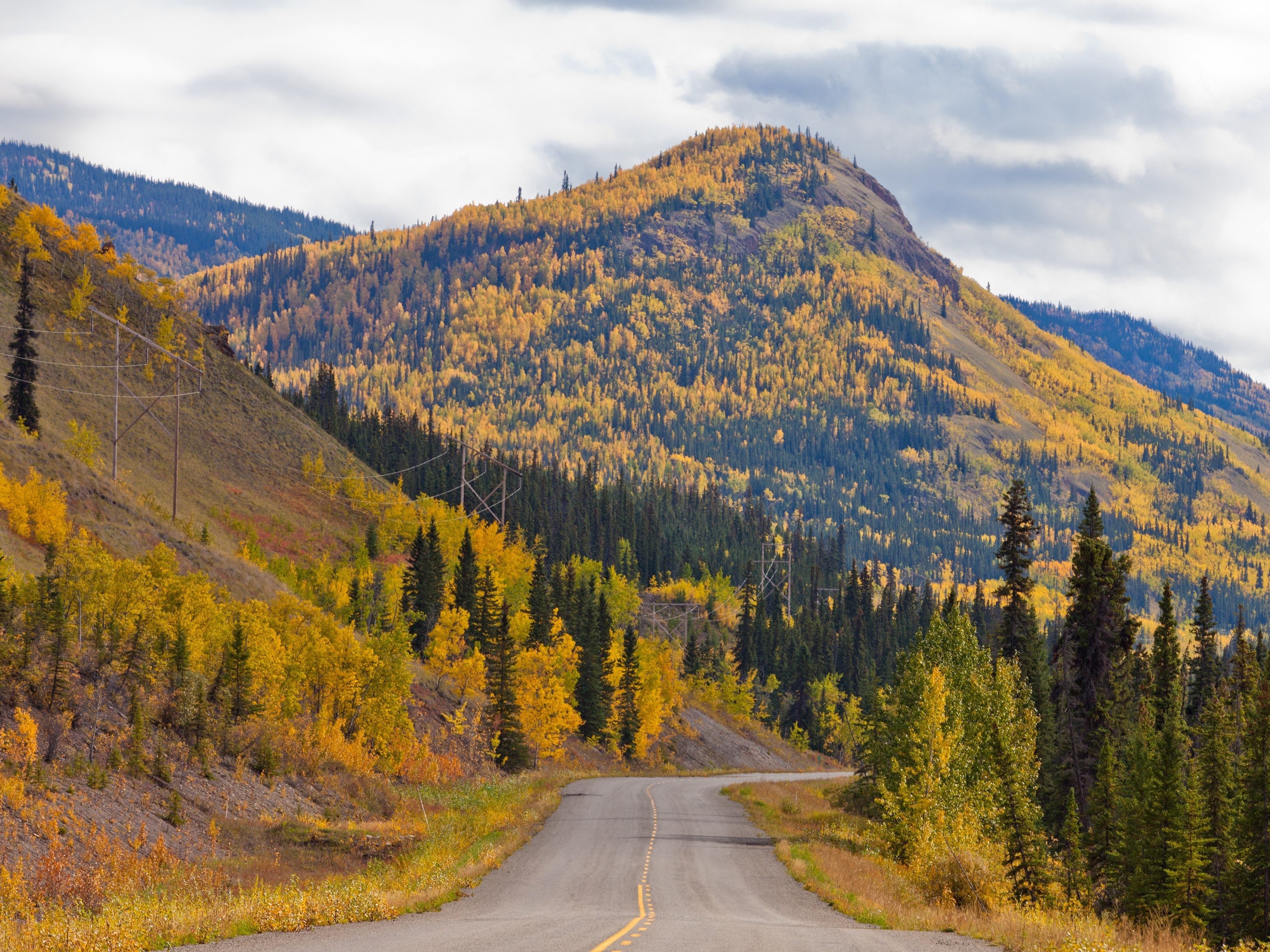
The Klondike Highway, Yukon
Plunging through unbelievable wilderness and crossing the mighty Yukon River a number of times, the Klondike Highway provides both northern exposure and an unforgettable trip. Huge expanses of forest and scenic vistas over lakes and valleys are interrupted every hour or so by quirky roadhouses staffed by interesting characters.
Scarf down a cinnamon bun at Braeburn Lodge (where the baking is so good they had to install an airstrip for hungry bush pilots), then take your dinner at Moose Creek Lodge, where you can relay your order to the kitchen from an old-fashioned phone installed high in a tree. Make sure to reserve plenty of time for Dawson City, which has been one of Canada’s most rollicking towns since the time of its great Klondike Gold Rush, more than 100 years ago.
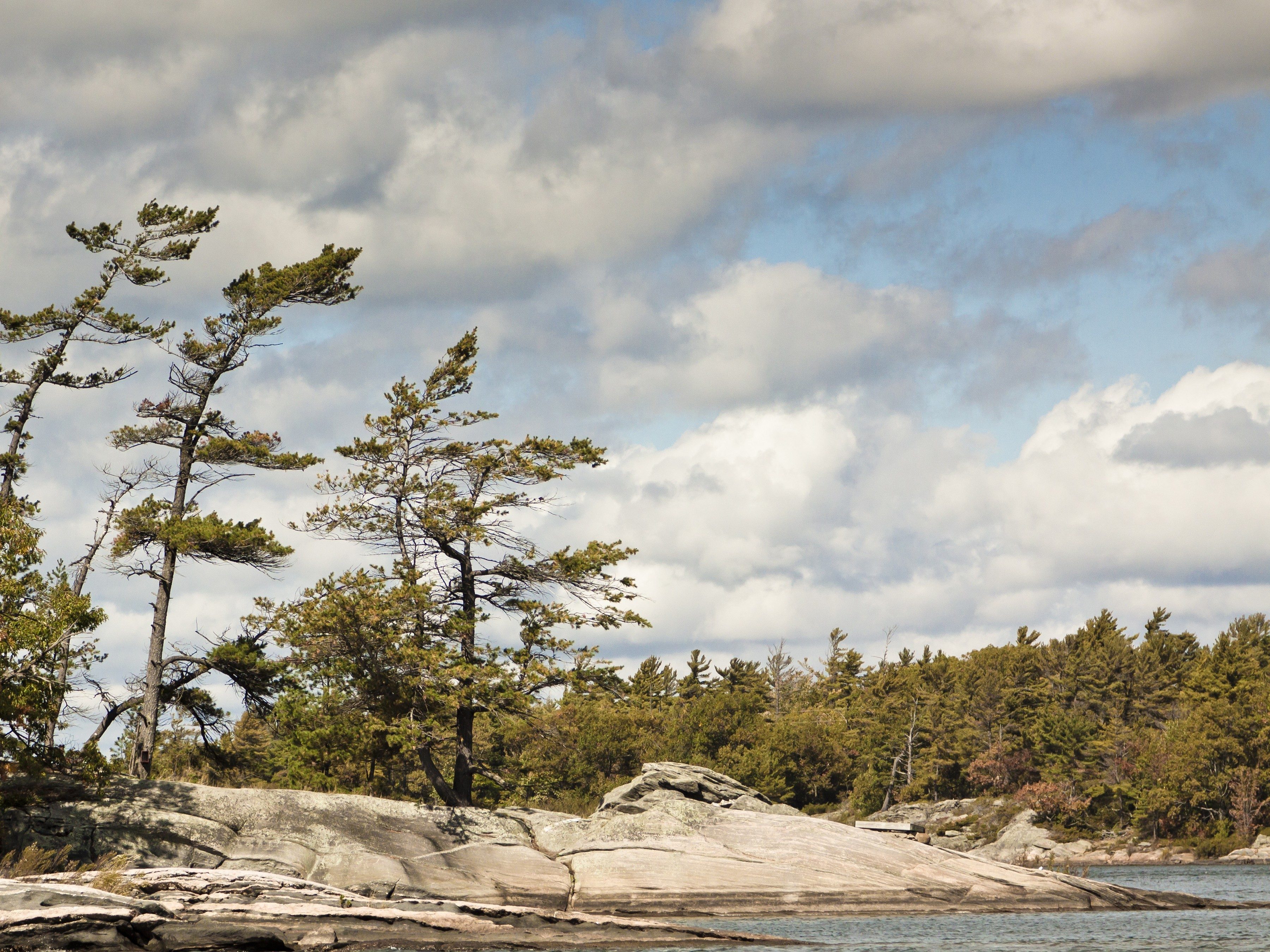
Muskoka, Ontario
Ontario’s favourite cottage country is also an internationally recognized destination-National Geographic Traveler named it to their Best Trips list, lauding its 14,000 kilometers of shoreline, 17 historic towns and villages, and “innumerable” waterfalls and lakes.
Exit off Highway 11 at Gravenhurst, pass the giant yellow Muskoka chair, then continue on into town and take part in time-honoured tradition with a tour aboard the Segwun, North America’s oldest operating steamship.
Then head up Highway 169 to Bala for some antique and art shopping (and a scone at Don’s Bakery, another cottage country tradition).
Finally, finish up in Port Carling-the “Hub of the Lakes”-where Lakes Rosseau and Muskoka almost meet; it’ one of the best places in Canada to drink a cold one on a patio (at Turtle Jack’s, or Cleveland’s House, just up the road).
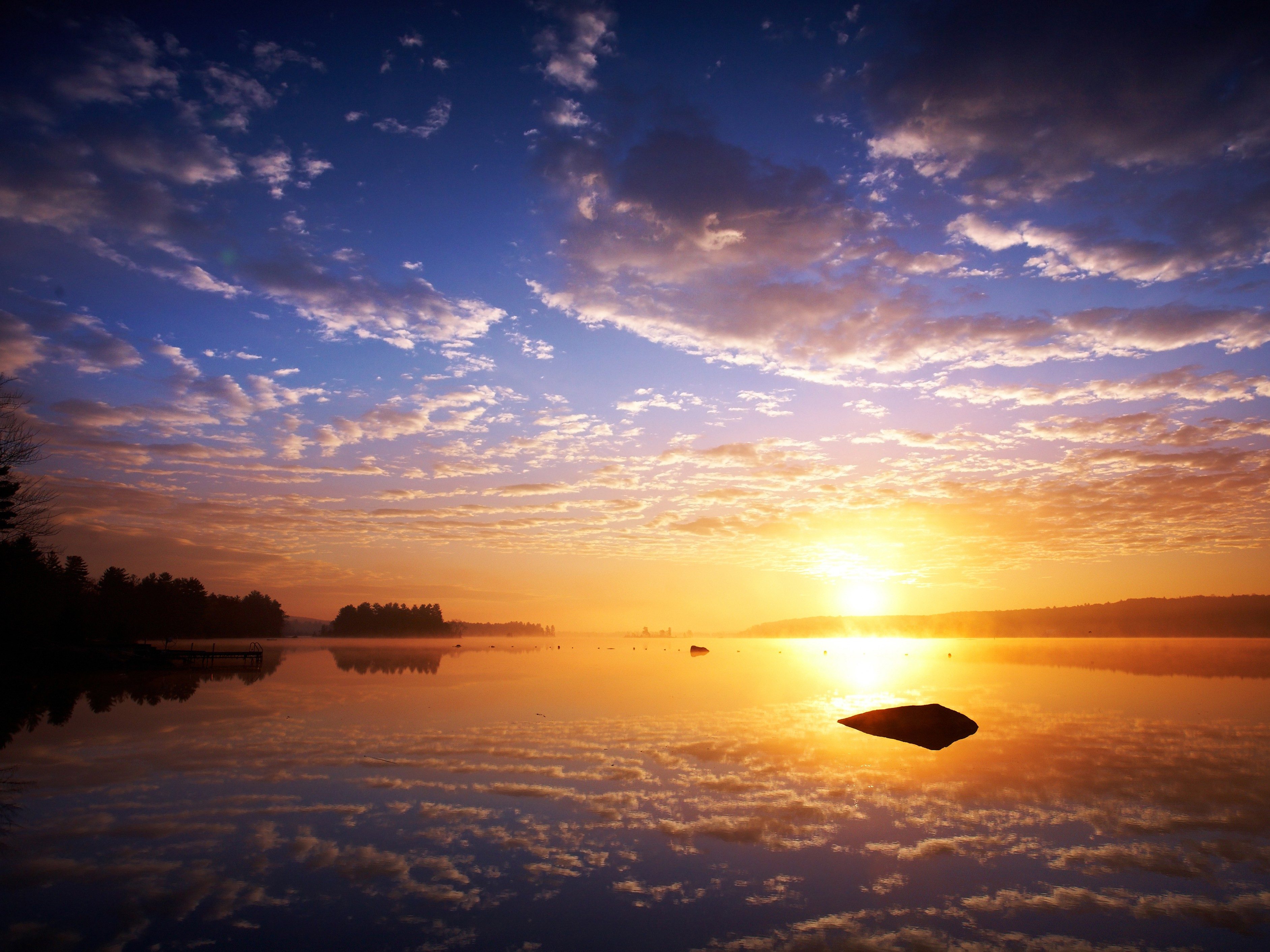
The Kawarthas, Ontario
Ontario’s other cottage country, the Kawartha Lakes are less crowded and a mite bit cheaper-but certainly no less beautiful-than the Muskokas.
Start your trip in Peterborough, a small city on a wide bend of the Otonabee River, where you can rent a canoe or kayak, hike a number of urban parks and trails, or take your pick from some great pubs and restaurants downtown.
Next, head north and connect with charming towns like Buckhorn, part of the world-famous Trent-Severn Waterway, Burleigh Falls (where the namesake chute runs right through the center of town), and Stony Lake (a ruggedly beautiful body of water that’s home to cottages owned by stars, plus the lovely Viamede Resort).
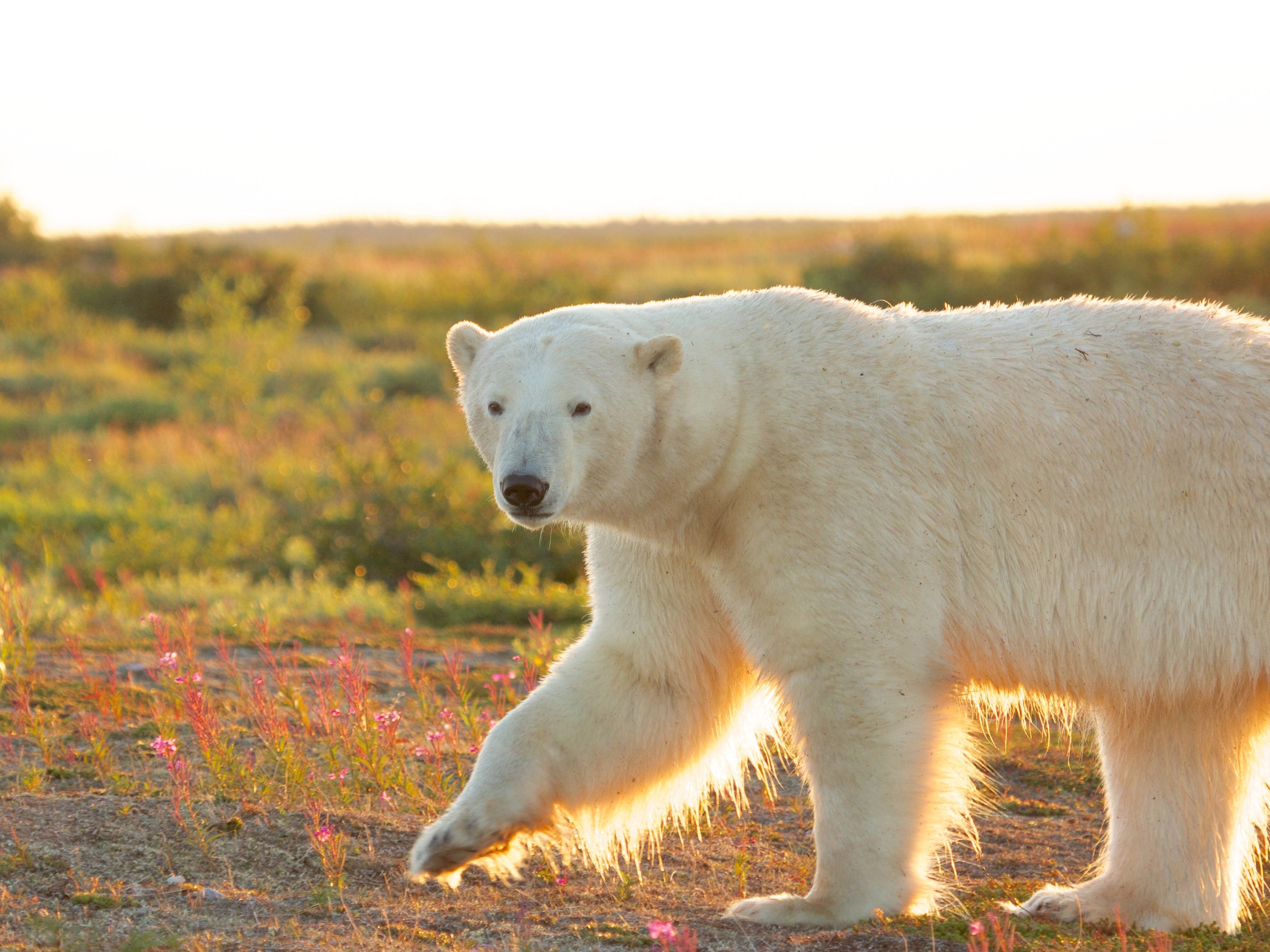
Winnipeg to the Polar Bear Capital, Manitoba
The tiny town of Churchill, set on the vast waters of Hudson Bay, is the end of the line-and thus, literally an ultimate destination. This road trip involves very little road-load your car aboard a VIA Rail train in Winnipeg, then settle in, relax, and watch the world go by on a lovely two-day, 1,700-kilometre journey to the subarctic.
Once you arrive, depending on the season, you can offload your car, drive under the Northern Lights, and find your way to spots that afford great glimpses of some of Canada’s most exotic wildlife. Scope polar bears (Churchill is the world’s polar bear capital) and beluga whales-thousands of which gather in the mouth of the Churchill River in the summer to molt (you can even snorkel with them).
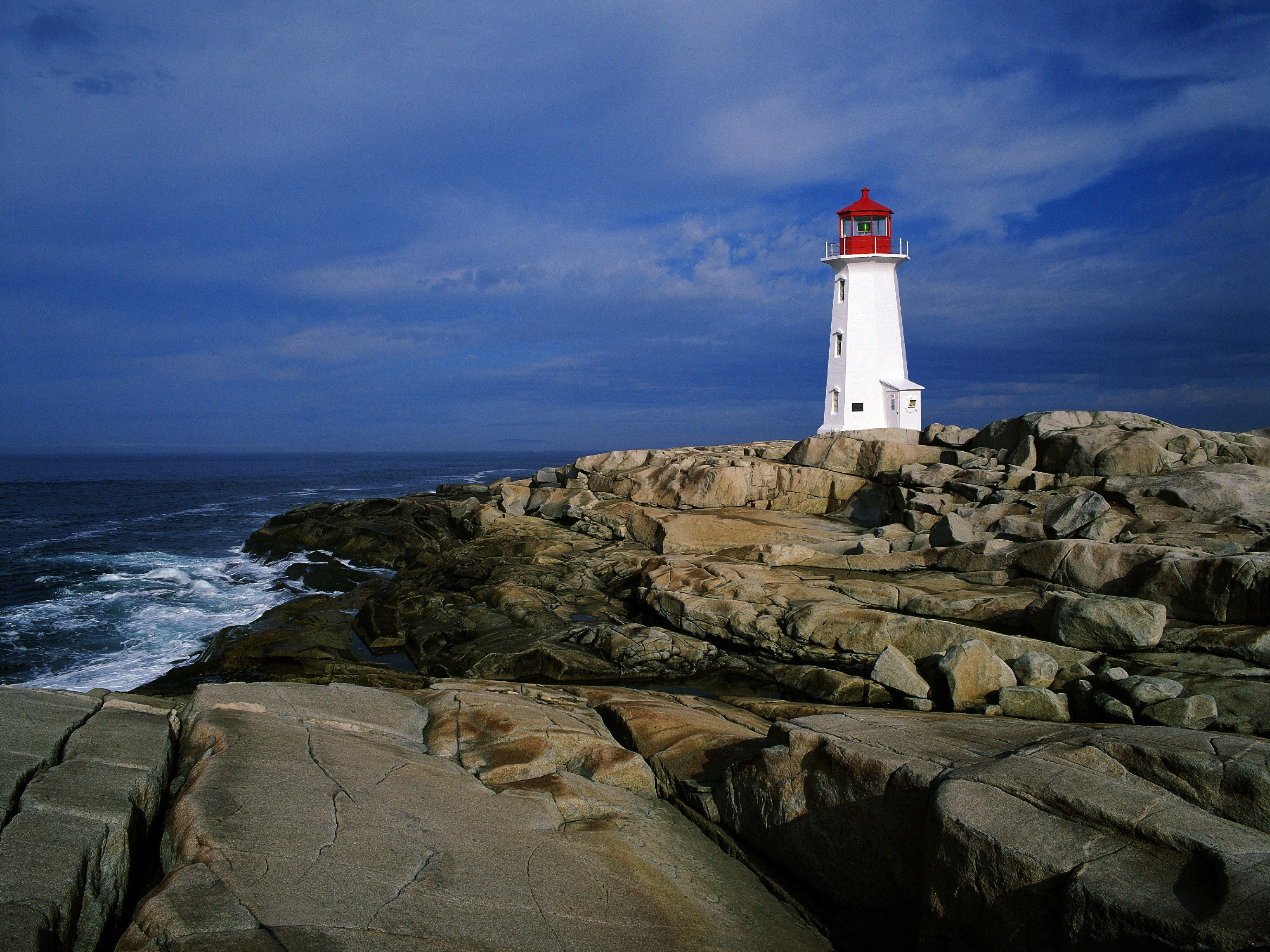
The Lighthouse Route, Nova Scotia
Tracing the southern shores of Nova Scotia, this route runs from Halifax to Yarmouth, passing more than 20 lighthouses along the way-forming the greatest collection of this iconic symbol of Canada’s East Coast.
As you follow Provincial Highway 103, make sure to stop in Peggy’s Cove, an almost-mystical spot built into giant rocks, its famous red-and-white lighthouse standing proudly in the face of the cold, blue North Atlantic Ocean. Take time in Lunenburg, where history stands around every corner and towering tall ships sit in the harbour.
Finally, enjoy Yarmouth, a town that’s home to the Cape Forchu Lighthouse, constructed back in 1839 and now surrounded by 19 acres of rugged parkland.
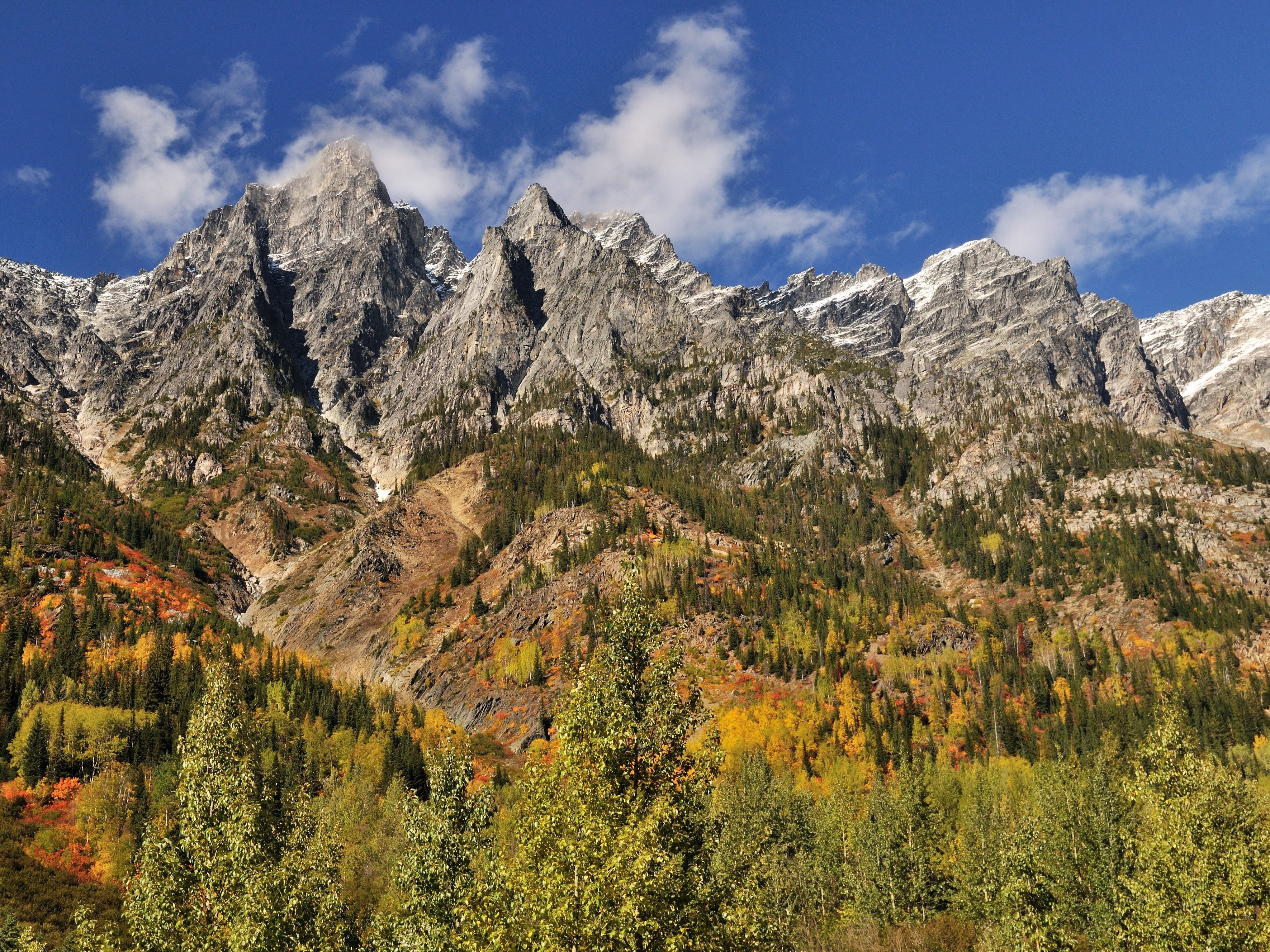
Rogers Pass, British Columbia
One of Canada’s most impressive feats of civil engineering-and a breathtaking stretch of road-the Rogers Pass takes the national railway and Trans-Canada Highway over a soaring route, climbing from the village of Donald up to a height of more than 4,300 feet, then descending down to the town of Revelstoke.
Discovered back in 1881 by a surveyor, the Pass routinely receives some 10 metres of snow in the winter, making it necessary for the Royal Canadian Artillery to fire high-caliber rounds into high drifts, in order to prevent avalanches. It’s a much more placid place in the warmer months-passing through Glacier National Park you will find opportunities for camping, hiking, mountain biking and, of course, alpine climbing.

Niagara Wine Country, Ontario
Home to both tiny boutique wineries as well as famous vineyards, Ontario’s Niagara Region has made a name worldwide amongst oenophiles.
Centered around the charming village of Niagara-on-the-Lake, pretty much any two-laner leading out from town will take you into a world of grapes and orchards. Visit a place like Jackson-Triggs, which is both a household name and a megabrand (it was sold to a new owner a few years back for more than $1 billion), where you can take in a concert at their amphitheater, or just enjoy a tour or a tasting.
Next, head to the Riverbend Inn, which includes 17 acres of vines and gardens, as well as a Georgian mansion that houses elegant guest rooms and a restaurant that affords one of the best views in the region.
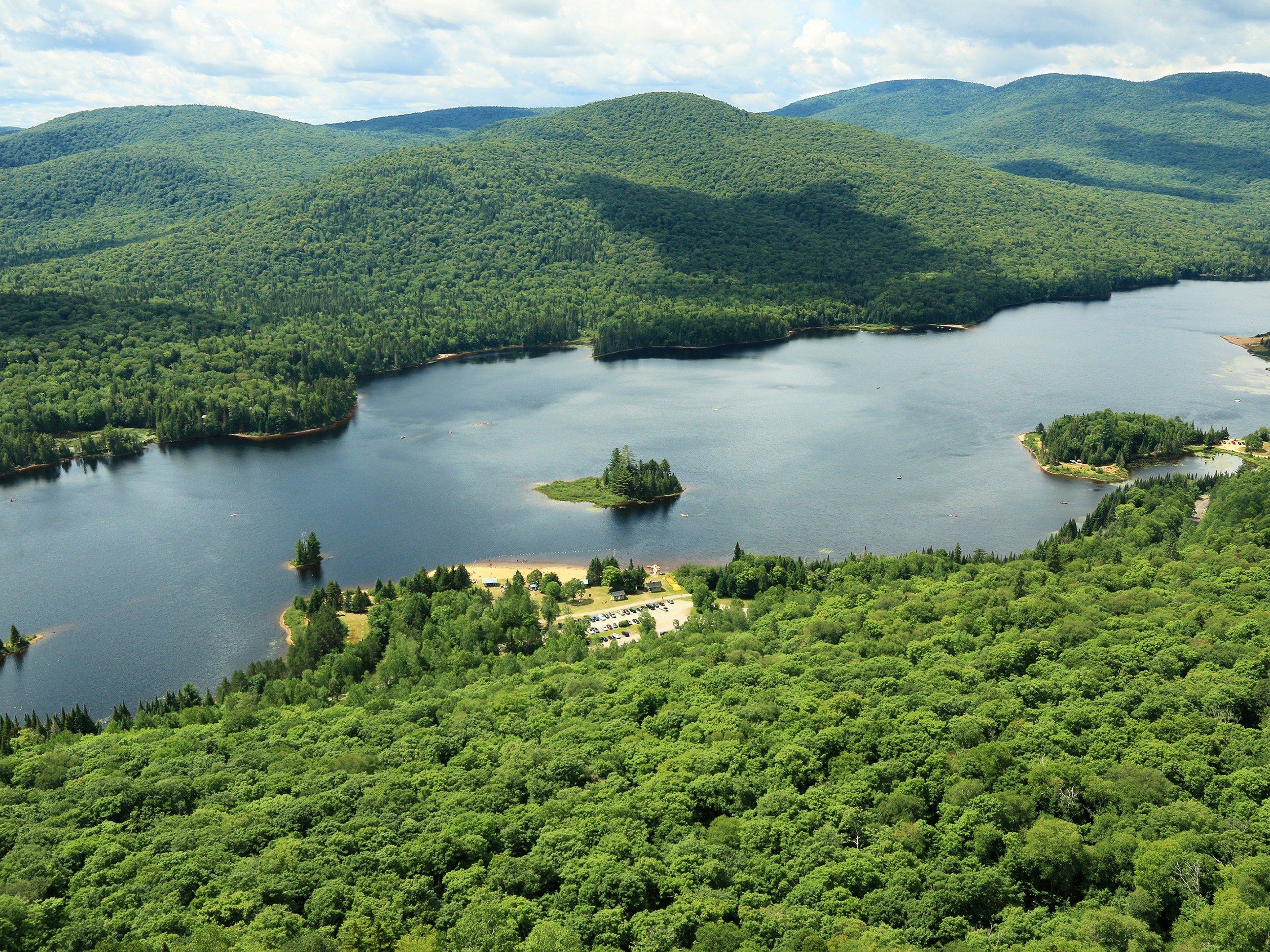
The Laurentians, Quebec
Rolling and green, this northern extension of the Appalachian chain nestles a number of charming villages into its folds.
Start in Montreal and head northwest along Trans-Canada Highway 15, making time for side trips to places like Saint Sauveur-des-Monts, a lovely ski town that in the spring and summer keeps up the après-ski spirit at a number of small, intimate restaurants and pubs. Be sure to finish up in Mont-Tremblant, which sits 130 kilometres from Montreal and is Canada’s best eastern ski area.
In the warm-weather months the beautiful town serves as a hub for adventure sports, including zip-lining and other areal adventures, as well as more traditional pursuits like canoeing, kayaking and hiking.